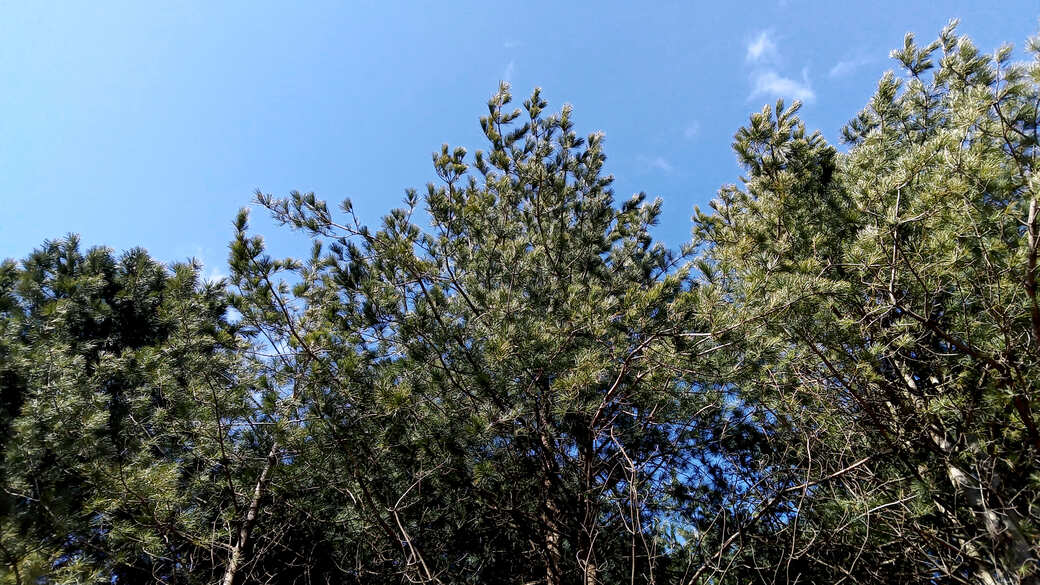Growing pine trees can be a profitable venture, but it requires careful planning, long-term investment, and effective management. The profitability of pine tree cultivation depends on various factors, including the initial investment costs, maintenance expenses, potential revenue streams, and the timeline from planting to harvest.
What are the Initial Investment Costs and Maintenance Expenses for Growing Pine Trees?

The initial investment costs for growing pine trees include site preparation, seedlings, planting, and management costs. These costs can vary depending on the quality of the site and the method of planting. For example, the establishment cost for longleaf pine plantations can be around $235 per acre, with additional costs for release treatments, burning, and fertilization.
Maintenance expenses include thinning, pruning, and pest management. Thinning, which typically occurs between 10 to 15 years after planting, can generate revenue by selling the thinned trees for pulp, while also improving the health and growth of the remaining trees.
What are the Potential Revenue Streams from Growing Pine Trees?

The primary revenue streams from pine trees include the sale of pulp, sawlogs, and poles. The value of these products varies based on market conditions and the quality of the trees. For instance, pine pulp prices can be around $8 per ton, generating $400-$500 per acre during the first thinning.
Additional revenue can come from pine straw production, which can start as early as age 6 and continue throughout the rotation, with projected yields of $50 to $125 per acre per year.
What is the Average Value of One Acre of Mature Pines?
The average value of one acre of mature pines depends on factors such as regional market conditions, tree species, and quality. For example, the net present value (NPV) of longleaf pine plantations can range from $200 to $1,400 per acre, depending on the discount rate and management strategies.
Regional variations in value are influenced by factors such as proximity to sawmills and pulp mills, soil quality, and local market demand. Properties within a 30-mile range of a sawmill or pulp mill tend to be more valuable due to lower transportation costs.
What is the Timeline from Planting to Harvest for Pine Trees?
The timeline from planting to harvest for pine trees typically spans several decades. Here is a general outline of the growth stages and critical milestones:
- Year 1-5: Planting and establishment of seedlings.
- Year 10-15: First thinning, which generates revenue and improves the health of the remaining trees.
- Year 20-25: Second thinning, which further improves tree quality and generates additional revenue.
- Year 30-40: Final harvest, which yields high-quality sawlogs and poles.
Can Pine Trees be Grown in Meadows?
Growing pine trees in meadows can be a viable option, but it requires careful consideration of the soil requirements and potential ecological impacts.
Pine trees require well-drained, acidic soils with a pH between 5.5 and 6.5. Meadows with these soil conditions can support pine growth, but may require additional site preparation and management.
Planting pine trees in meadows can alter the local ecosystem by reducing biodiversity and potentially displacing native species. However, with proper management, pine plantations can also provide habitat for certain wildlife species, such as wild turkeys.
The challenges and benefits of growing pine trees in meadows should be carefully evaluated to ensure a profitable and sustainable operation that also supports the local ecosystem.
Reference:
-
Tutt Land Company. (n.d.). How to Successfully Invest in a Pine Plantation. Retrieved from https://tuttland.com/how-to-successfully-invest-in-a-pine-plantation/
-
The Longleaf Alliance. (n.d.). The Economics of Longleaf Pine Management. Retrieved from https://americaslongleaf.org/media/3bun5rqc/the-economics-of-longleaf-pine-management-final-longleaf-alliance.pdf
-
Mossy Oak. (2020). Investing In and Managing Pine Plantations. Retrieved from https://www.mossyoak.com/our-obsession/blogs/conservation/investing-in-and-managing-pine-plantations
